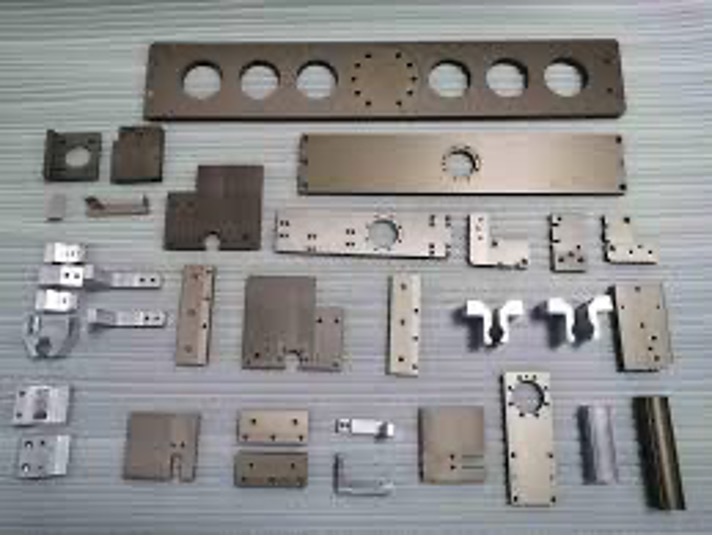Introduction to hardware prototypes
In the process of making prototypes, there is a type called hardware prototypes. Because the prototype itself considers the needs of heat dissipation or result design, the parts are very thin, generally less than 1mm, or even only a few. With a thickness of 0.2mm, such parts are difficult to process with ordinary CNC machine tools, and because the metal material has been processed, the hardness and strength of the material itself are relatively high. At this point, we need to use CNC punching or bending forming production methods.
When manufacturing hardware prototypes, there is no difference from the products produced by the punch machine. They are all galvanized sheets. The first CNC machine tool cuts the outline of the product. After CNC bending, welding parts, locking screws, screw fixings, and surface treatment and painting, it can become a complete product.
The quality of hardware prototypes is different compared to parts stamped by molds, and the shape is also different from the surface finish of the mold. However, this product does not require opening the mold. It's like the CNC prototype model can be processed directly to eliminate expensive mold costs, so it is a good production. Low-volume parts are frequently used in some product design and development companies.
Application of rapid prototyping technology in hardware prototypes
For many complex parts, we can use direct integral forming, which is very good. SLA laser rapid prototyping has the highest efficiency, low cost and good precision. We can use recommended aluminum materials to make mold materials. There are not many products processed with this mold, but it is not bad.
In today's manufacturing and production fields, laser forming technology has been widely used in hardware prototypes and has become a high-tech industry in the world. There are many core technologies. The single quantity is mainly due to breakthroughs in materials and the supplement and application of computer technology. In the past, mechanical processing was used in the production process, and sometimes there were some other artificially assisted processing. These are some traditional difficulties. Later, some large factories introduced some high-tech CNC machine tool equipment, but due to the high processing cost. In nature, it is a breakthrough technology, so it was not very widespread until the emergence of rapid prototyping technology, which opened up a bright future for these technical problems and found a new way.
For many complex parts, we can directly process them into hardware prototypes. This is the biggest advantage of SLA laser rapid prototyping, with high efficiency, low cost and high precision. Applications in this field include digital mobile phones, automobile casings, some high-precision prototype processing in the aerospace field, and complex surfaces and structural zero points. First, you can use parts and photosensitive resin to process prototypes, and then use molds to improve the strength and other physical properties of the parts. Silicone molds can be made in a short time, with low material cost, and are suitable for small batch copying. It can be used to recommend aluminum mold materials, mold processing products and other products with few orders for parts, and is also a good choice.
If you have any prototyping project, please contact us to get free quote: enquiry@abcrapid.com.

Search
Recent Post













